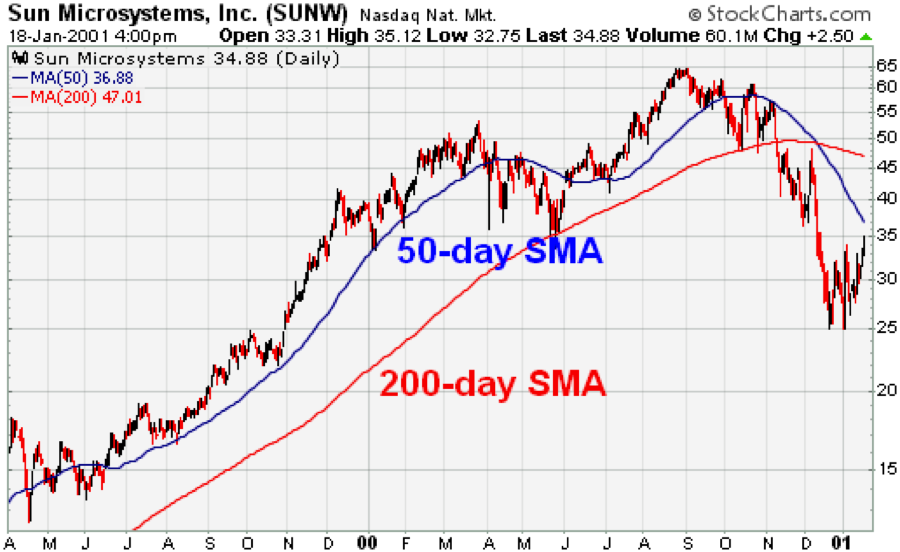Financial Markets + Information Cascades
Information Cascades in the Financial Markets
The financial markets are a lucrative and mysterious market that allows people and companies to raise and trade money in order to support the economics and operations behind businesses. With the advent of online trading, the financial markets are more liquid – in the sense that it is easy to buy and sell stocks amongst the players in the market. The reason for this is because it is relatively cheap to make trades in these markets. As a result, trading has become a big part of the way people make money. In order to be a successful trader, one must have more information than the other players in the market, that way they can buy low and sell high or vice versa. Another important note is that information is typically difficult to obtain. Only the biggest institutions with large amounts of resources have access to vast amounts of information that allow them to position themselves in the market well. This informational advantage is what creates information cascades in the financial markets.
In many cases, single individuals cannot make the most informed investment decisions because there is limited information available to individuals. As a result, it is common for individual investors to look at research reports, and other accumulated information from bigger companies in order to make decisions. As more and more companies release reports on their thoughts of how a company is doing – individuals take this information and follow the recommendations of these reports. This in itself is an information cascade because there are other individuals following the actions of other based on the knowledge that these individuals have. The individuals that follow the research reports of other companies assume that these companies have more information then they do – as a result, they take the information at face value and use it.
In addition to the information cascade that happens in the investment decisions of individuals, there is also an information cascade that happens at the micro level of trading. Everyday, millions of shares are traded between investors, and there are some people who take the daily information of trading data to make decisions on when to buy and sell a stock. These traders often open and close a trade in the matter of minutes and so they need to use information cascades to make these decisions. Many of these information cascades are developed into “technical indicators” that traders use in order to make decisions. A common technical indicator is the simple moving average (SMA). The graph below shows a 50-day SMA and a 200-day SMA. What these indicators calculate is the average stock price over the specified time period (either 50 days or 200 days in this case).
These simple moving averages can be calculated by anyone using historical prices. The way that traders use these SMA’s is that if they believe that the price is moving above or below a certain specified period-SMA, they will start selling or buying the stock until it converges back to the simple moving average. Many traders have algorithms in place to see if other traders are using this strategy, and if they are, they attempt to follow the same strategy in hope to start an information cascade amongst the traders.
Information cascades can be found in various contexts within the financial markets, but are commonly found in the high-frequency trading markets since trading decisions are made purely based on what traders think their counterparts are going to do.
Sources: http://www.economist.com/blogs/democracyinamerica/2011/10/mass-movements

